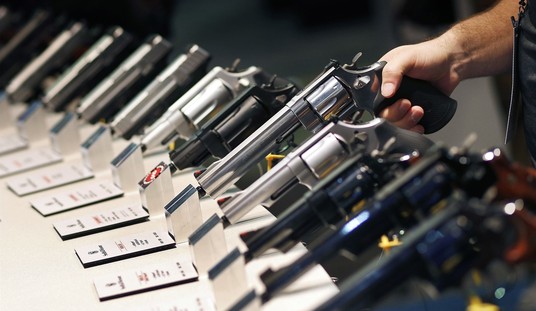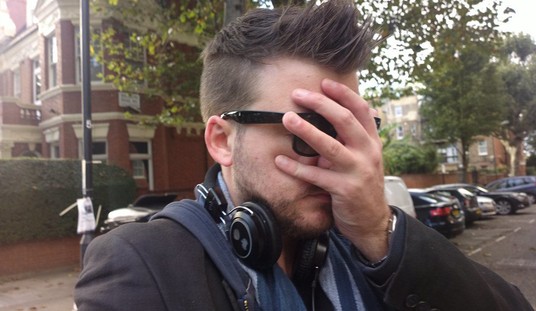In a unanimous decision in the first gun-related case since Justice Antonin Scalia died, the U.S. Supreme Court slapped down (PDF) a Massachusetts Supreme Judicial Court decision that asserted there was no constitutional right to own a stun gun.
The Court has held that “the Second Amendment ex- tends, prima facie, to all instruments that constitute bearable arms, even those that were not in existence at the time of the founding,” District of Columbia v. Heller, 554 U. S. 570, 582 (2008), and that this “Second Amend- ment right is fully applicable to the States,” McDonald v. Chicago, 561 U. S. 742, 750 (2010). In this case, the Su- preme Judicial Court of Massachusetts upheld a Massa- chusetts law prohibiting the possession of stun guns after examining “whether a stun gun is the type of weapon contemplated by Congress in 1789 as being protected by the Second Amendment.” 470 Mass. 774, 777, 26 N. E. 3d 688, 691 (2015).
The court offered three explanations to support its holding that the Second Amendment does not extend to stun guns. First, the court explained that stun guns are not protected because they “were not in common use at the time of the Second Amendment’s enactment.” Id., at 781, 26 N. E. 3d, at 693. This is inconsistent with Heller’s clear statement that the Second Amendment “extends . . . to . . . arms . . . that were not in existence at the time of the founding.” 554 U. S., at 582.
The court next asked whether stun guns are “dangerous per se at common law and unusual,” 470 Mass., at 781, 26 N. E. 3d, at 694, in an attempt to apply one “important limitation on the right to keep and carry arms,” Heller, 554 U. S., at 627; see ibid. (referring to “the historical tradition of prohibiting the carrying of ‘dangerous and unusual weapons’”). In so doing, the court concluded that stun guns are “unusual” because they are “a thoroughly modern invention.” 470 Mass., at 781, 26 N. E. 3d, at 693–694. By equating “unusual” with “in common use at the time of the Second Amendment’s enactment,” the court’s second explanation is the same as the first; it is inconsistent with Heller for the same reason.
Finally, the court used “a contemporary lens” and found “nothing in the record to suggest that [stun guns] are readily adaptable to use in the military.” 470 Mass., at 781, 26 N. E. 3d, at 694. But Heller rejected the proposi- tion “that only those weapons useful in warfare are pro- tected.” 554 U. S., at 624–625.
For these three reasons, the explanation the Massachusetts court offered for upholding the law contradicts this Court’s precedent. Consequently, the petition for a writ of certiorari and the motion for leave to proceed in forma pauperis are granted. The judgment of the Supreme Judicial Court of Massachusetts is vacated, and the case is remanded for further proceedings not inconsistent with this opinion.
Once again, the Court has demolished the progressive talking point that the Founding Fathers were only talking about 1790-era muskets when they wrote broadly about “the right bear arms” in the Second Amendment.
Sadly, they did not go far enough.
The Founding Fathers witnessed many advances in firearms technology during their lifetimes—Thomas Jefferson owned a Girandoni, a 20-shot repeating rifle with detachable magazines—and never meant to constrict the kind of weapons that civilians could own and expected citizens to own military weapons of all kinds.
The Second Amendment was written at a time where the only constraint on personal arsenals was the size of an individual’s ban account. Private citizens owned artillery, rockets, hand grenades, early machine guns, auto-cannon, and private warships capable of leveling coastal cities.
Would Founding Fathers that unanimously viewed the right of the people to own military arms as an unquestionable right be of the opinion that citizens do not have the right to own less-than lethal self-defense devices such as chemical sprays or tasers?
Of course not.
It’s frankly pathetic that the Massachusetts Supreme Judicial Court doesn’t understand such a basic concept.







Join the conversation as a VIP Member